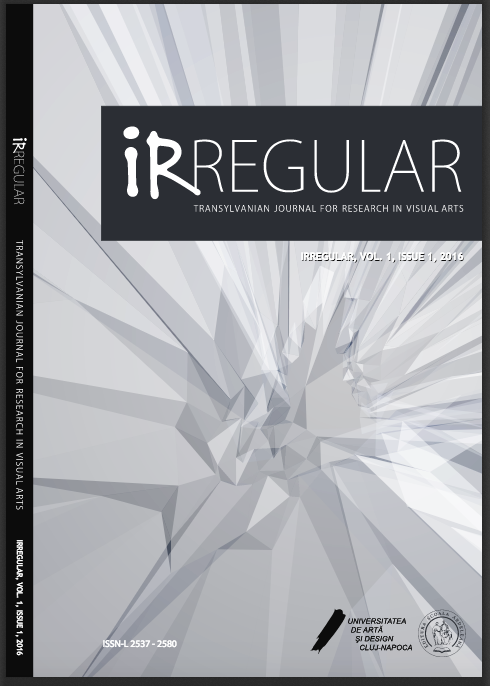Utilizarea contemporană a analizelor științifice în conservarea obiectelor de patrimoniu. Studiu de caz – iconostasul de secol al XVIII-lea pictat de Vasilie Zboroski
Contemporary uses of scientific analysis in the conservation of heritage objects. Case study – the 18th century iconostasis painted by Vasilie Zboroski
Author(s): Cristina LaboSubject(s): Visual Arts
Published by: Universitatea de Artă și Design din Cluj-Napoca
Keywords: analize științifice; teoria contemporană a conservării; semnificație culturală; iconostas din secolul al XVIII-lea; scientific analysis; contemporary theory of conservation; cultural significance; 18t
Summary/Abstract: Consacrarea conservării patrimoniului ca disciplină de sine stătătoare a avut loc în strânsă legătură cu dezvoltarea științelor (Choay, 1998, p. 96). Astfel, încă din perioada teoriilor clasice ale restaurării, deciziile privind intervenția practică s-au bazat pe analiza științifică a obiectului (Muñoz Viñas, 2005, pp. 5-7). Științele exacte au fost utilizate, de-a lungul timpului, pentru a oferi conservatorilor date precise cu privire la materialele componente și la tehniciile de execuție ale obiectului pentru o mai bună efectuare practică a intervenției de conservare-restaurare. În contemporaneitate, înțelegerea conservării patrimoniului ca serviciu social (Tonini, 2002, p. 226) a prioritizat păstrarea și transmiterea semnificațiilor obiectului care este perceput acum ca vehicul al acestora și nu ca purtător de valoare intrinsecă, mutând accentul de pe materialul obiectului (Muñoz Viñas, 2005, pp. 156-158). Prin studiul de caz propus se dorește demonstrarea faptului că analiza științifică a compoziției și a structurii materiale a obiectului de conservat își păstrează importanța în contextul actual, deoarece determinarea caracteristicilor originale ale obiectului contribuie la înțelegerea semnificației sale culturale (Australia ICOMOS , 2013, p. 10), aceasta fiind o etapă esențială în procesul contemporan de conservare.The establishment of conservation as an independent discipline took place in close connection to the development of science (Choay, 1998, p. 96). Therefore, already since the time of the classical theories of restoration, decisions regarding the practical interventions were based on the scientific analysis of the object (Muñoz Viñas, 2005, pp. 5-7). The hard sciences were used, throughout history, for providing the conservators with precise information about the component materials of the object and the techniques used in order to improve the practical execution of the conservation and restoration treatment. In present time, the understanding of conservation as a social service (Tonini, 2002, p. 226) prioritized the preservation and transmission of the meanings of the object which is perceived as a vehicle for the former, and not a bearer of intrinsic value, thus moving the focus from its material (Muñoz Viñas, 2005, pp. 156-158).Through the proposed case study I wish to demonstrate that the scientific analysis of the composition and structure of the conservation object keeps its importance in the present context because the determination of the original characteristics of the object contribute to the understanding of its cultural significance (Australia ICOMOS , 2013, p. 10), this being an essential stage in contemporary conservation.
Journal: Irregular. Transylvanian Journal for Research in Visual Arts
- Issue Year: 1/2016
- Issue No: 1
- Page Range: 29 - 45
- Page Count: 17
- Language: Romanian

